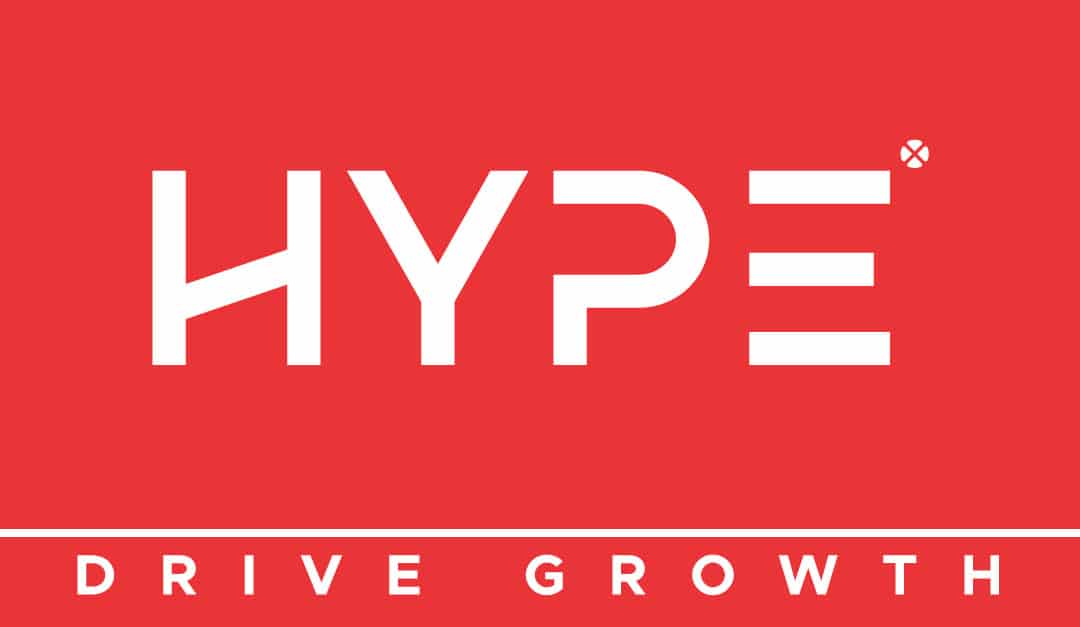Error 526 occurs when CDN (In this case, Cloudflare) is unable to verify the SSL certificate on your origin server (in your case, your hosting provider).
Cloudflare’s Role
Cloudflare acts as a proxy between visitors and your server. When a visitor accesses your website over HTTPS, Cloudflare establishes a secure connection with your origin server.
Why use Cloudflare?
Cloudflare is used by many website owners for a variety of reasons. Here are some key benefits and why you might choose to use Cloudflare:
- Improved Performance:
- Content Delivery Network (CDN): Cloudflare caches your website content on servers around the world, which means visitors load your site from a server that’s geographically closer to them, reducing latency and improving load times.
- Optimized Content: It offers tools to optimize images, minify code, and accelerate delivery of your website’s assets.
- Enhanced Security:
- DDoS Protection: Cloudflare helps protect your website from distributed denial-of-service (DDoS) attacks by filtering malicious traffic before it reaches your server.
- SSL/TLS Encryption: It provides secure HTTPS connections, ensuring data is transmitted securely between your visitors and your website.
- Web Application Firewall (WAF): Cloudflare offers a firewall that can block common threats and vulnerabilities, protecting your site from hacking attempts.
- Reliability and Uptime:
- Load Balancing: Cloudflare can distribute traffic across multiple servers, which helps maintain availability even if one server goes down.
- Always Online: In some configurations, Cloudflare can serve cached versions of your site even if your origin server experiences issues.
- Scalability:
- Cloudflare can handle sudden traffic spikes efficiently, ensuring your site remains responsive during peak periods.
- Analytics and Insights:
- It provides detailed analytics about your site’s traffic, security events, and performance, allowing you to make informed decisions about improvements.
- Cost-Effective:
- Many of Cloudflare’s features are available for free, making it an accessible solution for small businesses and individual website owners, while premium plans offer even more advanced features.
SSL Certificate Verification
In Cloudflare’s Full (strict) SSL mode, it expects your origin server to present a valid, trusted SSL certificate (not self-signed or expired).
Invalid Certificate Scenario
If your server’s SSL certificate is invalid, expired, or self-signed, Cloudflare cannot verify it. As a result, it blocks the connection and displays Error 526.
Common Causes
- Expired Certificate: The SSL certificate may have passed its expiration date.
- Self-signed Certificate: Using a self-signed certificate that isn’t trusted by Cloudflare.
- Misconfiguration: The certificate might not be correctly installed or configured on your server.
- Certificate Mismatch: The domain name on the certificate doesn’t match your website’s domain.
Step 1: Verify Your SSL Certificate on Hostinger
- Log in to Hosting Account:
Access your Hostinger control panel. - Check Certificate Validity:
- Ensure the SSL certificate isn’t expired.
- Confirm it’s issued by a trusted Certificate Authority (CA) (e.g., Let’s Encrypt).
- Reissue if Necessary:
- If the certificate is self-signed or invalid, reissue or install a valid one using the Hosting Provider’s SSL tools.
Step 2: Adjust Cloudflare’s SSL/TLS Settings
- Access Cloudflare Dashboard
Log in and navigate to the SSL/TLS section. - Identify the SSL Mode:
- If it’s set to Full (strict), Cloudflare expects a valid certificate on your origin server.
- Temporary Change (if needed)
- Switch to Full (non-strict) mode temporarily to bypass strict certificate validation.
- Note: This is less secure, so plan to revert once your certificate is valid.
Step 3: Install or Update a Valid SSL Certificate on Your Server
- Use Hosting Provider’s Tools
- Follow Hostinger’s guides to install a trusted SSL certificate (like Let’s Encrypt).
- Double-Check Installation
- Make sure the certificate is properly installed and configured on your website.
Step 4: Clear Caches and Test Your Website
- Purge Cloudflare Cache
- In Cloudflare, clear the cache to update the SSL settings.
- Test the Website
- Visit your website (e.g., https://hypex.lk) to ensure the error is resolved.
- Use online SSL checker tools for additional verification.
Step 5: Contact Support if the Issue Persists
- Reach Out to Hosting Service Support
- Ask for assistance in verifying your server’s SSL configuration if problems continue. They might charge something like USD 80 to resolve it or you can always can reach out to HypeX Digital to get help for free.
- Contact Cloudflare Support
- If your server’s SSL is valid but the error remains, Cloudflare support might help troubleshoot further.
In Conclusion
Hope you were able to resolve the issue, if not just drop us an email or reach out to us on WhatsApp. You should be able to easily solve the issue if you have some tech knowledge by simply following these steps to ensure your website is secure.
The issue arises because Cloudflare is set to require a fully valid certificate on your origin server. When it encounters an invalid certificate during its secure handshake with your server, it triggers Error 526 to protect the security of the connection.
Cloudflare is popular because it helps improve website speed, enhances security, increases reliability, and can scale with your traffic needs all of which contribute to a better experience for both website owners and visitors.



